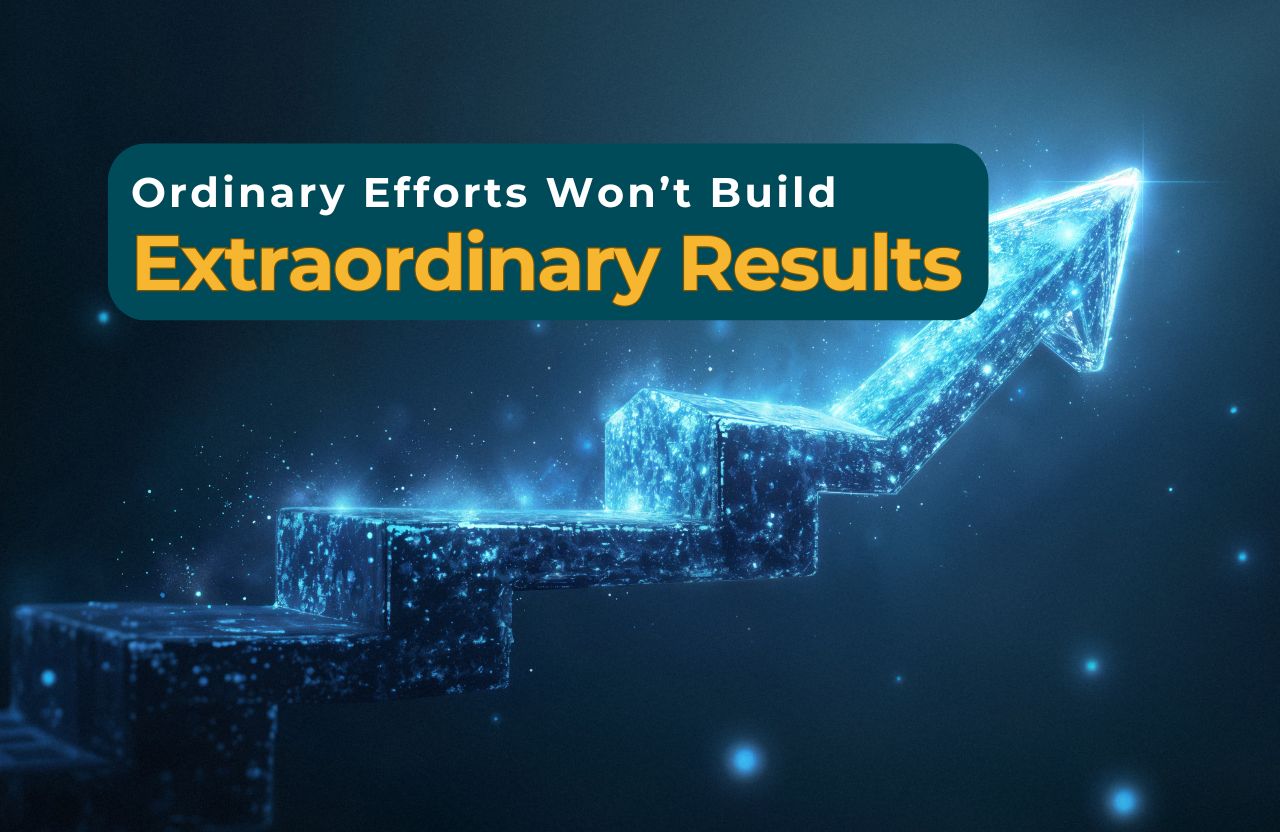Mergers and acquisitions M&A consultants have long been a strategic tool for organizations seeking growth, diversification, or competitive advantage. But while the deal-making phase of M&A garners significant attention, the real challenge often begins after the contracts are signed — during post-merger integration (PMI). This phase is critical, complex, and frequently underestimated. Poorly managed integration can lead to value erosion, cultural clashes, operational inefficiencies, and in some cases, complete failure of the merger.
This is where M&A consultants play a pivotal role. These professionals are not just advisors during the due diligence or valuation stages — their expertise is crucial in orchestrating a smooth and successful transition during the integration process.
In this blog, we’ll delve deep into the importance of post-merger integration, the common challenges businesses face, and how M&A consultants help bridge the gap between theoretical synergy and actual success.
Understanding Post-Merger Integration
Post-merger integration refers to the process of combining two or more companies into a single, cohesive organization following a merger or acquisition. This involves aligning operations, systems, cultures, processes, and teams, all while ensuring business continuity and safeguarding customer experience.
The goal of post-merger integration is to realize the anticipated synergies that justified the deal, whether cost savings, revenue growth, new capabilities, or expanded markets.
But PMI is not a one-size-fits-all strategy. It is a highly tailored effort that depends on the size of the companies involved, the nature of the deal (merger vs acquisition), and the level of integration desired (full integration, partial integration, or standalone).
Why Post-Merger Integration Often Fails
Studies have shown that a significant percentage of mergers fail to deliver the expected value. This failure often has little to do with the strategic intent of the deal and more to do with execution errors during integration.
1. Cultural Mismatches
Company cultures differ in terms of values, communication styles, decision-making processes, and employee expectations. When two distinct cultures clash, it can lead to employee disengagement, resistance to change, and high attrition.
2. Poor Planning and Communication
Lack of clear communication during integration breeds confusion, rumors, and fear among employees. Similarly, without a well-structured plan, businesses can struggle to align priorities, systems, and processes effectively.
3. Leadership Conflicts
Uncertainty about leadership roles post-merger often causes internal power struggles, redundancies, and operational delays. If leadership structures are not addressed promptly, the new entity may lack direction.
4. Inadequate Change Management
Mergers inherently involve change — from reporting lines to operational processes. Failure to manage change systematically and empathetically can stall momentum and disrupt business continuity.
5. Overlooking Customer Experience
During the integration process, many businesses become too inwardly focused. If customers face delays, confusion, or a drop in service quality, the brand can lose goodwill and market share.
The Role of M&A Consultants in Post-Merger Integration
M&A consultants bring specialized knowledge, objectivity, and structured methodologies that are critical for navigating the PMI phase. They act as orchestrators who help turn complex integration plans into actionable roadmaps, ensuring nothing falls through the cracks.
Let’s explore the key ways M&A consultants help businesses achieve seamless transitions post-merger:
1. Creating a Strategic Integration Blueprint
The first step M&A consultants take is developing an integration blueprint aligned with the broader business goals. This includes:
- Defining the integration vision and objectives
- Mapping key milestones and timelines
- Identifying quick wins and long-term priorities
- Establishing a governance structure for decision-making
This strategic roadmap becomes the foundation for all subsequent actions, ensuring that the integration stays on track and aligned with intended outcomes.
2. Facilitating Cultural Alignment
Culture is often the invisible thread that can make or break an integration. M&A consultants help uncover potential cultural gaps early on by assessing the core values, behaviors, and management styles of both organizations.
They then facilitate workshops, leadership alignment sessions, and cultural diagnostics to foster a shared cultural vision. Rather than forcing one culture to dominate, consultants guide the co-creation of a new, hybrid culture that respects the strengths of both entities.
3. Designing an Integration Management Office (IMO)
To manage the complexity of integration across multiple functions, consultants often establish an Integration Management Office. The IMO acts as the central command center responsible for tracking progress, resolving issues, and ensuring coordination across teams.
Key responsibilities include:
- Monitoring performance metrics
- Managing risks and dependencies
- Ensuring timely communication
- Coordinating between functional leads
Having a structured IMO provides accountability and accelerates decision-making during the high-pressure integration phase.
4. Ensuring Leadership Continuity and Role Clarity
M&A consultants assist in defining the future leadership structure. This includes evaluating talent from both organizations, assigning clear roles and responsibilities, and facilitating leadership onboarding where necessary.
They help prevent internal conflict by:
- Establishing transparent criteria for leadership selection
- Conducting organizational design workshops
- Clarifying reporting lines and decision rights
Ensuring strong leadership alignment early on helps maintain focus, retain key talent, and drive integration efforts more efficiently.
5. Streamlining Operational and Technological Integration
Operational integration involves aligning processes, systems, and workflows across functions such as finance, HR, supply chain, and IT. M&A consultants conduct detailed assessments to determine the best integration path — whether standardization, consolidation, or selective alignment.
They help:
- Harmonize back-office systems
- Integrate data and reporting mechanisms
- Streamline procurement and vendor relationships
- Align HR policies and compensation structures
By reducing duplication and leveraging best practices from both sides, consultants help optimize the new organization’s operating model.
6. Managing Change and Communication
M&A consultants play a key role in change management — from messaging strategy to employee engagement plans. Their focus is to minimize resistance and maintain morale throughout the transition.
This involves:
- Developing a stakeholder communication plan
- Delivering consistent updates across all levels
- Conducting employee town halls and Q&A sessions
- Training managers to lead through change
Clear and frequent communication helps build trust, reduce uncertainty, and accelerate employee buy-in for the new direction.
7. Focusing on Customer and Market Continuity
While internal alignment is crucial, consultants also ensure that customer-facing processes remain seamless. They help maintain service quality, prevent revenue disruption, and preserve brand equity by:
- Creating unified customer support systems
- Aligning marketing and sales strategies
- Preventing disruptions in delivery and service timelines
Customers should experience continuity or even improvement post-merger. M&A consultants ensure that external stakeholders receive clear communication and uninterrupted service during the transition.
8. Tracking Synergies and Value Realization
M&A deals are often justified based on anticipated synergies — be it cost reductions, cross-selling opportunities, or expanded capabilities. Consultants implement mechanisms to track and measure the realization of these synergies post-merger.
They define key performance indicators (KPIs), establish dashboards, and monitor progress regularly to ensure that the integration delivers measurable value.
By identifying and acting on deviations early, consultants keep the integration aligned with financial and strategic goals.
9. Handling Redundancies and Workforce Realignment
Redundancies are a sensitive but often necessary part of post-merger integration. M&A consultants handle workforce realignment professionally, ensuring fair evaluation, transparent communication, and support for impacted employees.
This may include:
- Identifying overlapping roles
- Designing re-skilling and re-deployment strategies
- Providing career transition assistance
- Maintaining compliance with labor laws and ethical standards
Consultants ensure that workforce changes are handled with empathy, fairness, and a long-term talent strategy in mind.
10. Supporting Long-Term Integration Success
Integration does not end in the first 100 days. True transformation often takes years. M&A consultants continue to support organizations beyond the initial phase by helping with:
- Embedding new cultural values
- Sustaining performance improvements
- Conducting post-merger evaluations
- Advising on future growth strategies
This long-term engagement ensures that the value created through the merger is sustainable and scalable over time.
Conclusion: Achieving Seamless Transitions Through Expert Guidance
Mergers and acquisitions may promise growth, market expansion, and innovation, but their success lies in flawless execution during the post-merger integration phase. It is a journey that requires clarity, structure, agility, and empathy.
M&A consultants serve as the architects of that journey. Their role extends far beyond advisory — they act as the glue that binds strategy with execution, systems with people, and intention with outcome. By addressing cultural, operational, and leadership challenges proactively, consultants transform what could be a chaotic transition into a coordinated and value-creating evolution.
For organizations looking to thrive post-merger, investing in expert integration support isn’t just a smart move — it’s essential for turning potential into performance.













